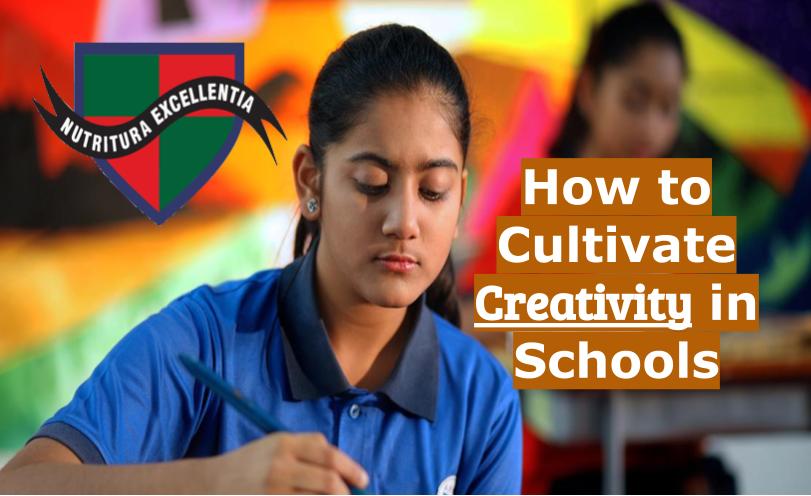
Today, school education isn’t just limited to ensuring students can perform well in conventional subjects such as Math and Science. In fact, the best CBSE schools in Bangalore and other cities are moving towards fostering responsible individuals- whose knowledge isn’t just confined to the four walls of their classrooms. One such topic which educational institutes are focusing on teaching students how to lead a waste-free lifestyle. This is because it isn’t a theoretical concept anymore, but rather a practical lifestyle change. Let’s understand how schools are encouraging a better and greener lifestyle.
Separating the Waste
The first step of moving towards a zero-waste lifestyle is by separating the biodegradable waste from the non-disposable. CBSE schools are teaching students how to use the biodegradable waste as compost and disposing of non-biodegradable responsibly. This helps students make use of products which can be recycled and would not harm the environment.
Saying no to plastic
Without even realising, we use a bunch of plastic things regularly. Right from the water bottle to our compass box, every little plastic thing leads to more waste. This is why students are encouraged to things which are durable and reusable. For instance, instead of buying several ball pens, one can use one refillable fountain pen. Also, shifting to steel scales from plastic, using cloth pouches and metal pencil boxes are some other ways to avoid plastic.
Plantation
Along with creating a green environment, plants can improve the oxygen in the air and help us concentrate. This is why many schools are creating drives where kids need to plant trees and maintain them in and around campus. Once the students are done with planting the seeds, teachers make sure that students take care of their plants properly and water them regularly.
Rethinking every action
From reuse, recycle to upcycle – every step, every small decision counts. While schools are doing their bit to foster a better way of living, they encourage parents too to switch to LEDs, use water carefully, go digital and save papers. There are numerous ways in which one can transform their lifestyle just by rethinking every action and being more aware of the current climate crisis.
This is how the top CBSE schools in Bangalore are moving towards an improved way of living. Considering the current state of our planet, it has become imperative for every school to undertake such initiatives and ensure students follow it.




